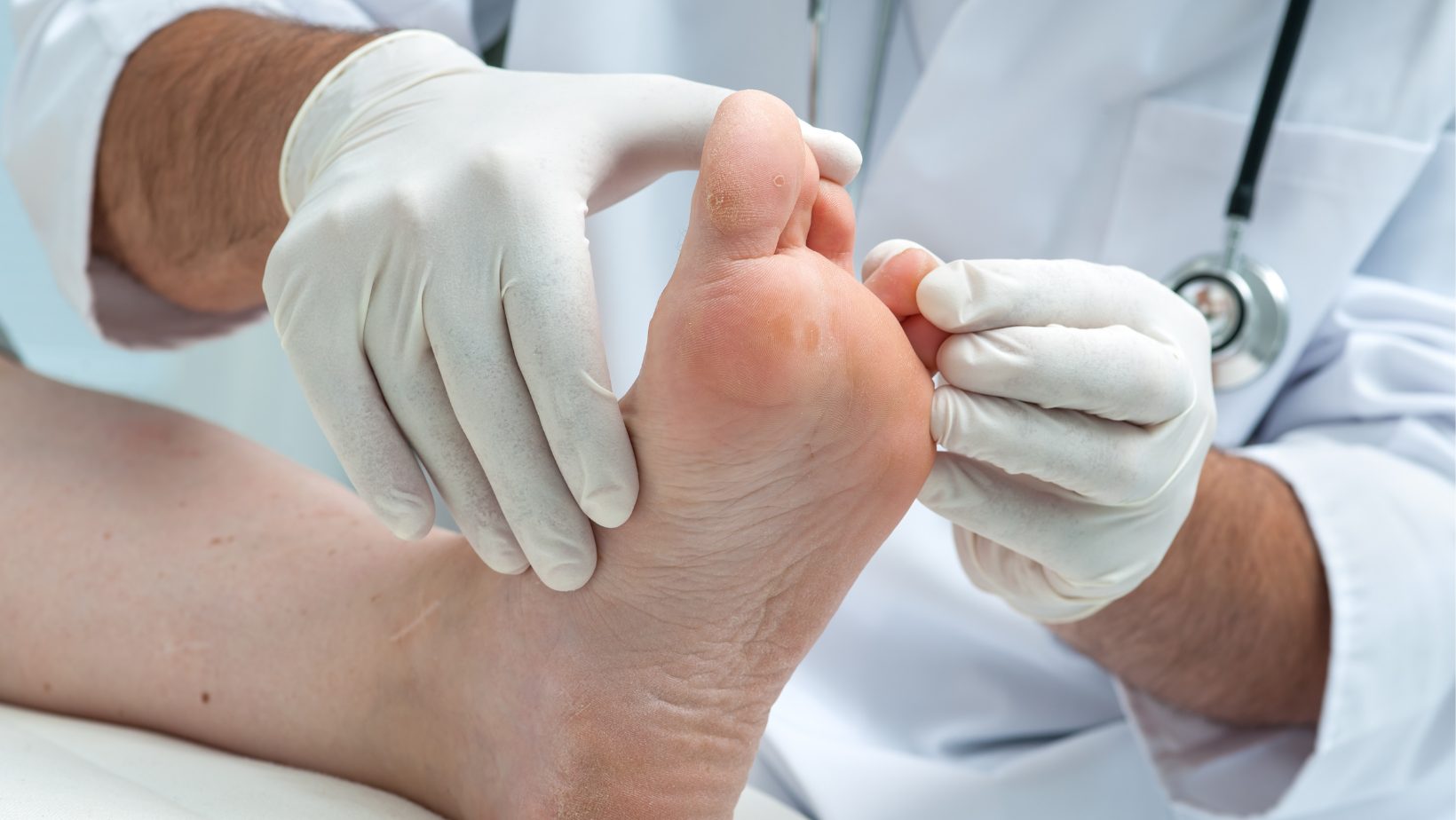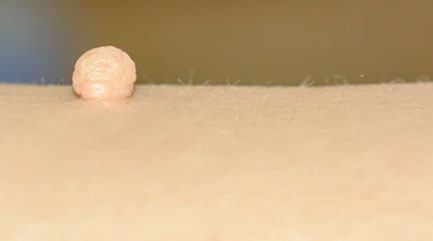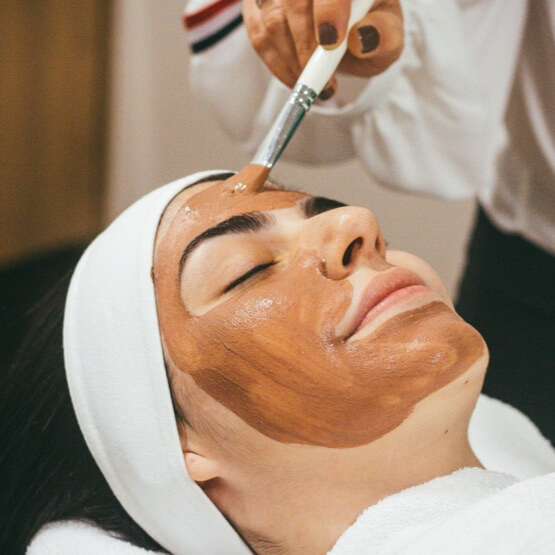Affordable
Skin Tag Removal
in the comfort of your own home!
At MSS, we offer treatment to remove Skin Tags. Book an appointment today to get rid of your skin tags. I am a licensed nurse practitioner and provide my mobile dermatology services at the comfort of your home.




Skin Tags, Reasons, Types, and Treatments
What are Skin tags?
Skin tags are benign skin-colored growths that are pedunculated (hanging from a stalk) pieces of skin that are often found where skin rubs together such as armpits, neck groin, etc.
What are the reasons for Skin tags?
There are multiple reasons for skin tags, but the exact reasons still need to be fully understood. A few of the factors are given below:
Friction: Skin tags commonly occur where skin rubs against itself, for example, armpits, chin area, eyes, etc.
Genetics: It is one of the main reasons for skin tags. If your parents or close family members have had skin tags, you may also be more likely to develop them.
Obesity: Obesity causes more friction among our body parts. The excessive fat folds of skin and friction in areas where skin rubs together can contribute to their formation.
Change in Hormones: Hormones play a role in the growth and development of skin cells. Hormones change during age so teenagers are more likely to get skin tags while reaching puberty. Hormones also change during pregnancy, which is why skin tags are developed.
Diabetes: Research suggests that insulin resistance in the body might contribute to skin tag development.
Human papillomavirus (HPV): There is a connection between certain levels of HPV and the development of skin tags.
Age: The Likelihood of Skin tags increases in middle-aged and older individuals. Skin tags are generally harmless, but you must be concerned about them for commemorative reasons.
Skin tags become dangerous when you experience changes in size, color, or texture of skin growths. Therefore, consulting with a healthcare professional for proper evaluation and guidance is significant.
What are the types of Skin tags?
Skin tags, also known as acrochordons. Although all skin tags look similar, they vary in size, characteristics, and color. On behalf of such differences, skin tags have many types that are described below:
Pedunculated Skin Tags: Pedunculated Skin Tags are the most common type of skin tags. They are characterized by a narrow stem that connects the tag to the skin’s surface. They often appear as;
- Small
- Soft
- Hanging growths
Filiform Skin Tags: These skin tags appear long and narrow with a thin, thread-like appearance. Filiform Skin Tags can grow on the neck, eyelids, or in areas where the skin creases and folds.
Inflamed Skin Tags: Inflamed skin tags are those that become irritated or injected. They become red, swell, and cause extreme discomfort. It’s mandatory to seek medical care if a skin tag appears infected.
Mucosal Skin Tags: These skin tags occur on mucous membranes, such as the lips, mouth, and genital areas. Mucosal skin tags are less common skin tags than others.
Pigmented Skin Tags: Pigmented skin tags can range from light brown to almost black.
Multiple Skin Tags (Acrochordon Clusters): These are clusters of skin tags in specific areas, such as the armpits, groin, or neck.
If you are looking for treatment of Skin tags, contact us today to remove your Skin tags in the comfort of your home!

Our Other Dermatology Services
- Mole Removal
- Dermatofibroma
- Keloid Treatment
- Skin Tag Removal
- Dark Spot Lightening
- Adult Acne Treatment
- Actinic Keratosis (AKs)
- Corporate Health Fairs
- Sebaceous Hyperplasia
- Xanthalasma Treatment
- Hair Thinning Treatment
- Cherry Angiomas Removal
- Seborrheic Keratosis Removal
- Dermatosis Papulosa Nigra (DPN) Removal

Ideal Treatment for Skin Tags
Many people choose not to treat them unless they become irritated. Otherwise, they are not harmless. Several methods are available if you want to remove a skin tag for cosmetic reasons or any other medical concern.
Here are some standard methods used for skin tag removal:
Cauterization: This method of Cauterization involves burning the skin tag by using an electrical current. A healthcare professional does this method.
Cryotherapy: Cryotherapy is a method used by professionals. Experts use liquid nitrogen to freeze the skin tag that causes it to fall off. Cryotherapy is a standard method performed by healthcare providers.
Ligation: Ligation stops the blood supply to the skin tag using thread or dental floss. The lack of blood flow causes the tag to fall off eventually.
Excision: Surgical skin tag removal is done using a scalpel or surgical scissors. This procedure is typically quick and may involve local anesthesia.
Before deciding on a method, it’s crucial to consult with a healthcare provider. We will assess the skin tag, discuss the most appropriate removal method for your situation, and recommend that the procedure be carried out safely.
No matter what method you choose, all procedures should be performed by a healthcare professional.
At Mobile Skin Screening, we provide dermatology services throughout the entire Phoenix area.
Our Work Gallery




Our Customer Reviews






Your Nurse Practitioner
Angela Quinn, NP-C, is a nationally certified nurse practitioner with a specialization in dermatology since 2012. She obtained her master’s degree in nursing from Vanderbilt University in Nashville, Tennessee, in December 2011. Following the completion of her advanced degree, Angela commenced her career as a Nurse Practitioner (NP) after receiving a six-month apprenticeship in dermatology under the guidance of a board-certified dermatologist and Mohs surgeon. This pivotal experience ultimately led her to assume a significant role in his second dermatology office.
As a dermatology Nurse Practitioner (NP), Angela has provided care to underserved populations, active duty military personnel, veterans, their dependents, and corporate employees. She has gained experience in diverse healthcare settings, including private practices, a military hospital, a hospital clinic, independent senior living communities, private homes, workplaces, and health fairs.
Angela established Mobile Dermatology to provide thorough, affordable, and comfortable skin cancer screenings in the convenience of your own home. We also offer cost-effective solutions for dermatological services like skin tag removal and multiple actinic keratoses treatments which are typically not covered by insurance.
We’re here to all your questions
Here are a few frequently asked questions from people who want to get their skin tags removed. If you have any other queries, please send them to us.
I recommend avoiding self-removal techniques at home for skin tags because those OCTs carry high risks of infection or scarring, and it’s advisable to consult with a healthcare professional instead of removing tags at home.
There are multiple reasons for skin tags such as change in Hormones, Human papillomavirus (HPV), Age, Friction, Genetics, Diabetes and obesity.
You should not cut your skin tags by using nail clippers, cutters or scissors. They can cause uncontrollable bleeding as skin tags have blood vessels.

